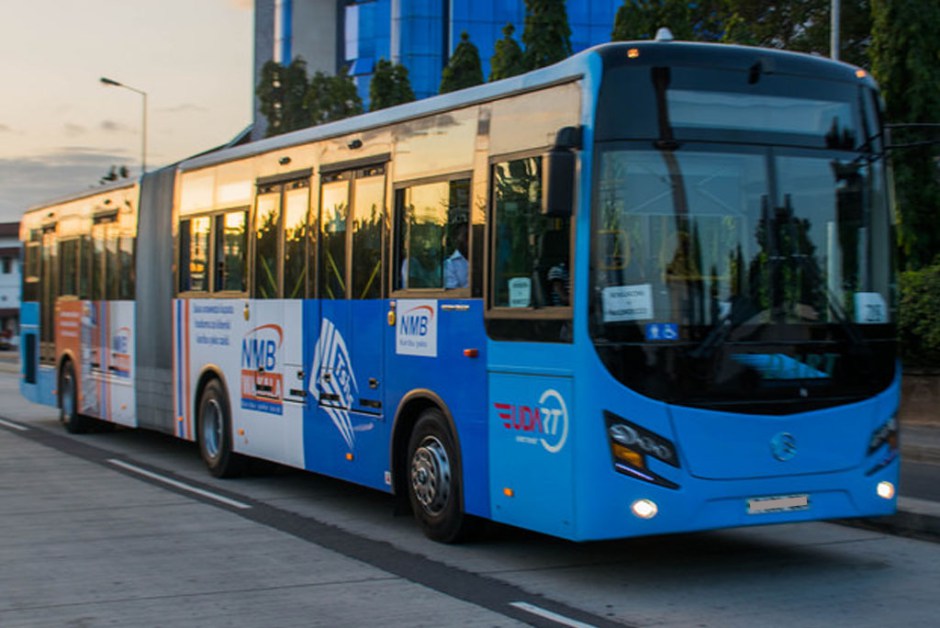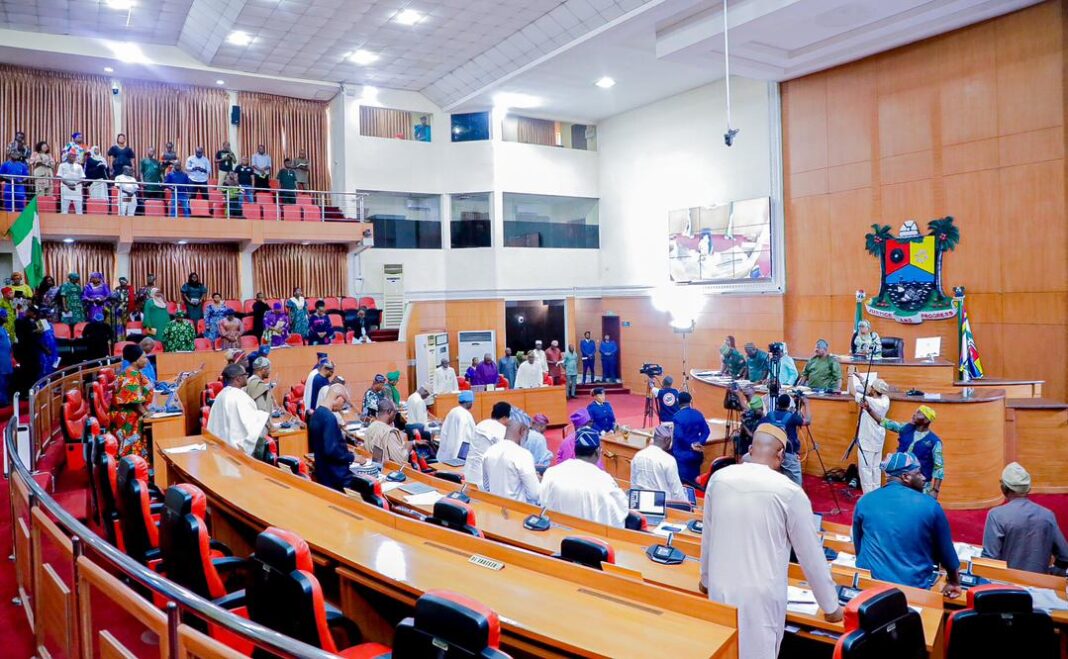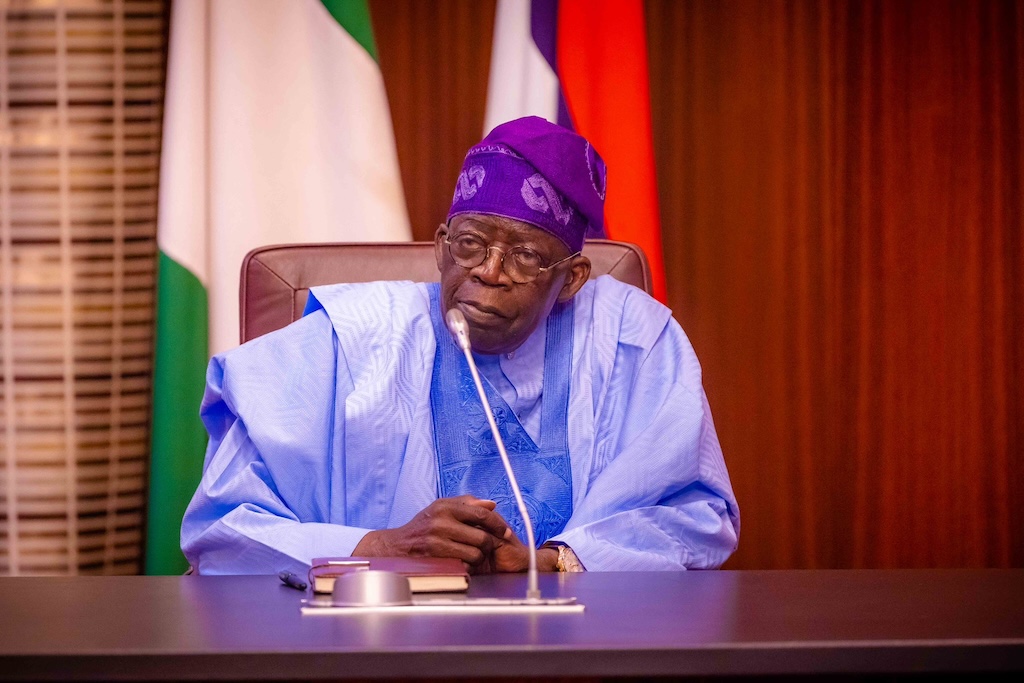A digital marketer and thrift store entrepreneur, Wani Ojo prefers taking the BRT from Oshodi to Abule-Egba, where she shops at the popular Katangua thrift market once every week.
For Ojo, the BRT is a more convenient option than the yellow-and-black public buses, which are often cramped and make frequent stops that extend travel time. But while the ride itself is smoother, the challenge lies in boarding. On weekday mornings, she joins the queue as early as 6:30am. On some days, she gets lucky and waits only briefly; on others, it takes 30 minutes to an hour to secure a bus as there are only two to three buses available.
“The return trip from Abule-Egba to Oshodi is easier because the morning rush has eased,” she told The Record. “But getting back to the Island is a struggle. Last week, I waited from 1pm to almost 4pm for a bus. I got home late at night.”
Ojo’s experience reflects the growing pressure on Lagos’ Bus Rapid Transit (BRT) system, which was launched in March 2008 under the administration of Bola Tinubu, initially operating from Mile 12 to CMS.
@ikejarecord Is there a shortage of BRT buses in Lagos? We looked into this growing transport issue. Here’s what we found. #brtbusesinlagos #brtbuses #lamata #lagosnews #ikejarecord ♬ original sound – Ikeja Record
Over the years, successive administrations have expanded its routes and increased the number of buses. Recent changes, such as the introduction of Cowry cards for contactless payment, have made the BRT more efficient.
However, demand is now outpacing supply, leaving many commuters stranded for hours.
Not enough buses to go around
On February 19, at Bolade bus stop, the Record observed long queues forming for various BRT routes. A bus to Ayobo departed at 4:27pm, and another arrived at 4:33 p.m.—a relatively short wait. But for commuters like Mary Adegbite, a NAFDAC official who works in Isolo and lives in Ayobo, such days are rare.
“Today is a lucky day,” Adegbite said. “Most times, it takes much longer for another bus to arrive. When I can’t wait any longer, I take a bus to Iyana-Ipaja, then another to Ayobo, which is stressful.”
Peter Eniola, a young mechanic-in-training in Ilupeju, also struggles with the limited buses on the Ayobo route. Unlike Meiran and Abule-Egba, which often have over 10 buses in queue, the Ayobo route has far fewer.
“My parents prefer I use BRT because it’s safer, but if the bus doesn’t come on time, I have to call them for extra money to take a danfo,” Eniola said.
Fare increases add to commuters’ burden
Beyond delays, Lagosians now face rising fares. Over the years, the state government has repeatedly increased BRT fares, citing rising operational costs and fuel prices.
On June 30, 2022, the Lagos Metropolitan Area Transport Authority (LAMATA) raised fares by N100, attributing the hike to a shortage of operational buses due to a lack of spare parts.
In February 2024, the state government introduced a temporary 25% transport subsidy on all state-regulated transport services to ease financial pressure on residents. However, the subsidy ended on June 3, 2024.
Eight months later, on February 13, 2025, LAMATA announced another fare increase of 18%. “The fare rise is due to the increased cost of operations and the need to keep buses running to guarantee movement across Lagos,” the statement read.
As a result, fares from Oshodi to Ayobo have jumped from N600 to N800, while the Oshodi–Abule-Egba route now costs N600, up from N530.
For commuters like Adebiyi Ogunbamise, who works at the University of Lagos (UNILAG), Idi-Oro, the BRT remains a key part of his daily commute.
Speaking with The Record, he emphasized that government-owned buses like the BRT should be an affordable option for the masses.
“Despite the increased cost, I would still board them for the convenience, but at least we should have more than enough buses on the ground,” Ogunbamise said.
A BRT ticketing official, who requested anonymity, noted that the fare hike has led to a decline in passenger numbers.
“As you can see, this is already evening time, but there aren’t as many queues because of the new fare,” she said.
For commuters like Ojo, Adegbite, and Eniola, the problem is no longer just about affordability—it’s about accessibility. While the BRT was introduced to offer Lagosians a more efficient and affordable transport alternative, overcrowding and long wait times are making it less reliable.
Government’s response
Meanwhile, the state government has disagreed with the notion of a bus shortage.
Speaking to the Record, Gboyega Akosile, Special Adviser on Media and Publicity to the Lagos State Governor, Babajide Sanwo-Olu suggested that the long queues were a result of more people flocking into Lagos from other states.
“Why didn’t you say there is an upsurge of people that come into Lagos every day?” He said during a phone call. “There is no shortage of buses. It’s because, you know, you have over 10,000 people coming into Lagos every day and they don’t go back to their states. So people come every day and they don’t go back. So there is no shortage of our vehicles; it is a high number of people that are coming to the state.”
Regarding plans to address long queues at BRT bus stops, Akosile said the government is increasing the number of fleets and alternative transportation methods, including ferries and trains.
“Yes, we continue to live up to our responsibilities,” he said. “We continue to increase the number of our fleets and also increase the number of other transportation means—the ferries, the Red Line, the Blue Line. More coaches are coming in very soon for the Blue Line. We are alive to our responsibilities. We keep doing what is right for the people of Lagos State so that their lives can be better. We want people to move freely from one point to another, so we continue to work.”
On the recent fare hike, Akosile said fares remain subsidised compared to private transport options.
“In fact, all of the money being collected cannot even maintain those vehicles,” he said. “The government still pumps a lot of money to cover maintenance costs and more. If the government is collecting N500, you can be rest assured that if you go to the regular transporter, you will be paying N1,500. So all these vehicles are highly subsidized. They are highly subsidized for the commuters because we are in business to make life more meaningful for the people. So we can say that it is high. You know, it may be high, but then, when you compare the cost to what’s paid outside, it is ridiculously low.”


